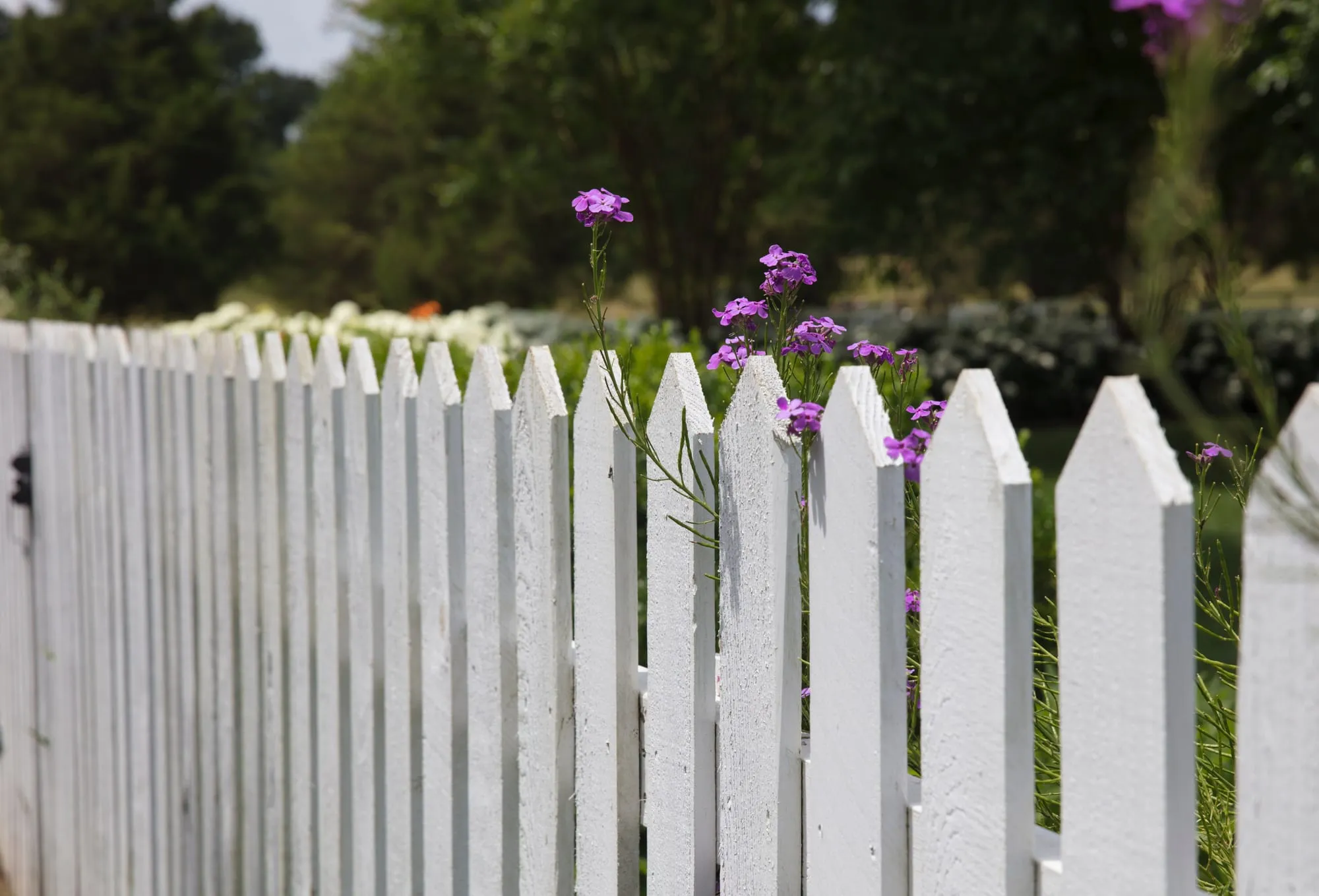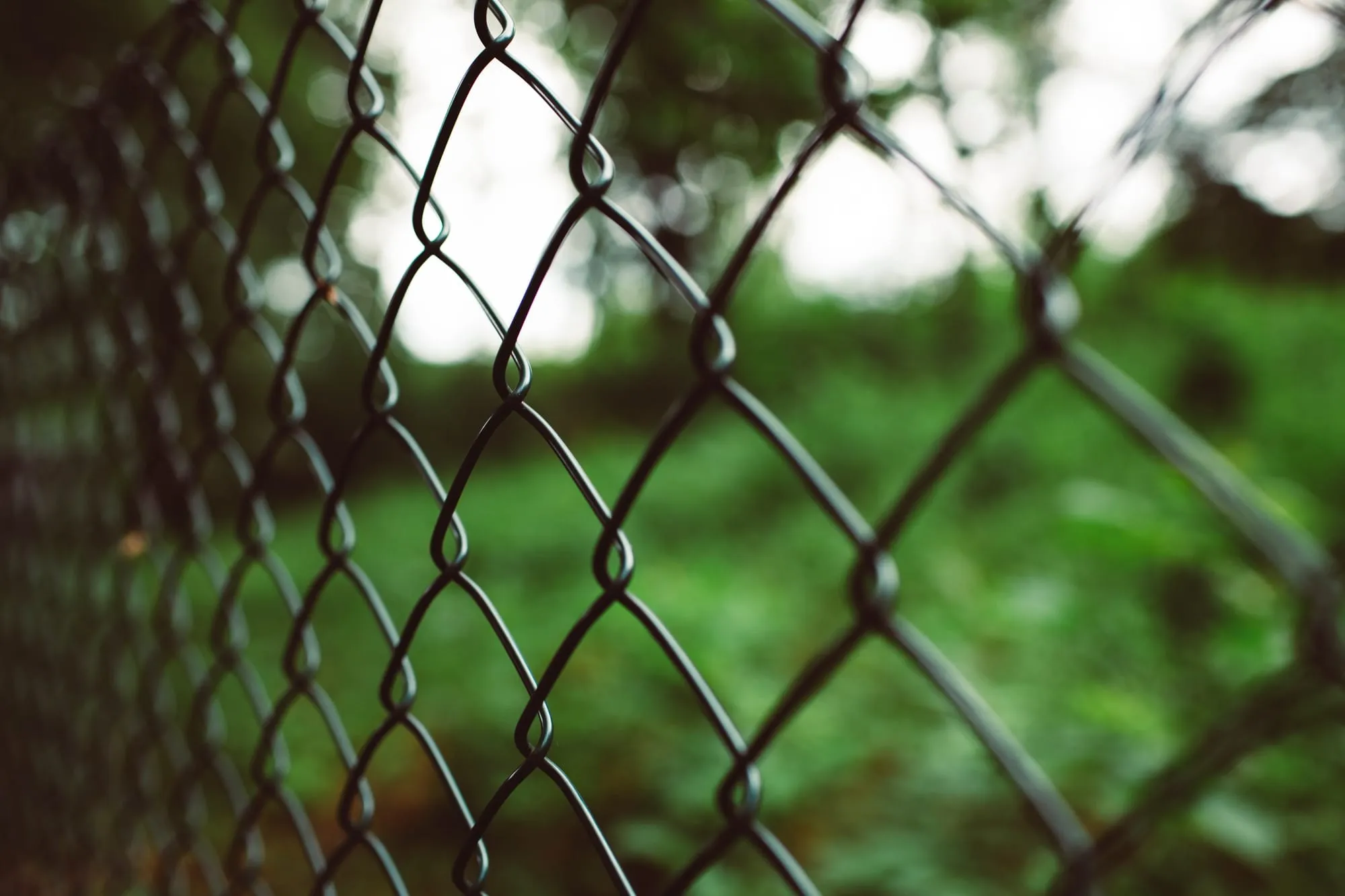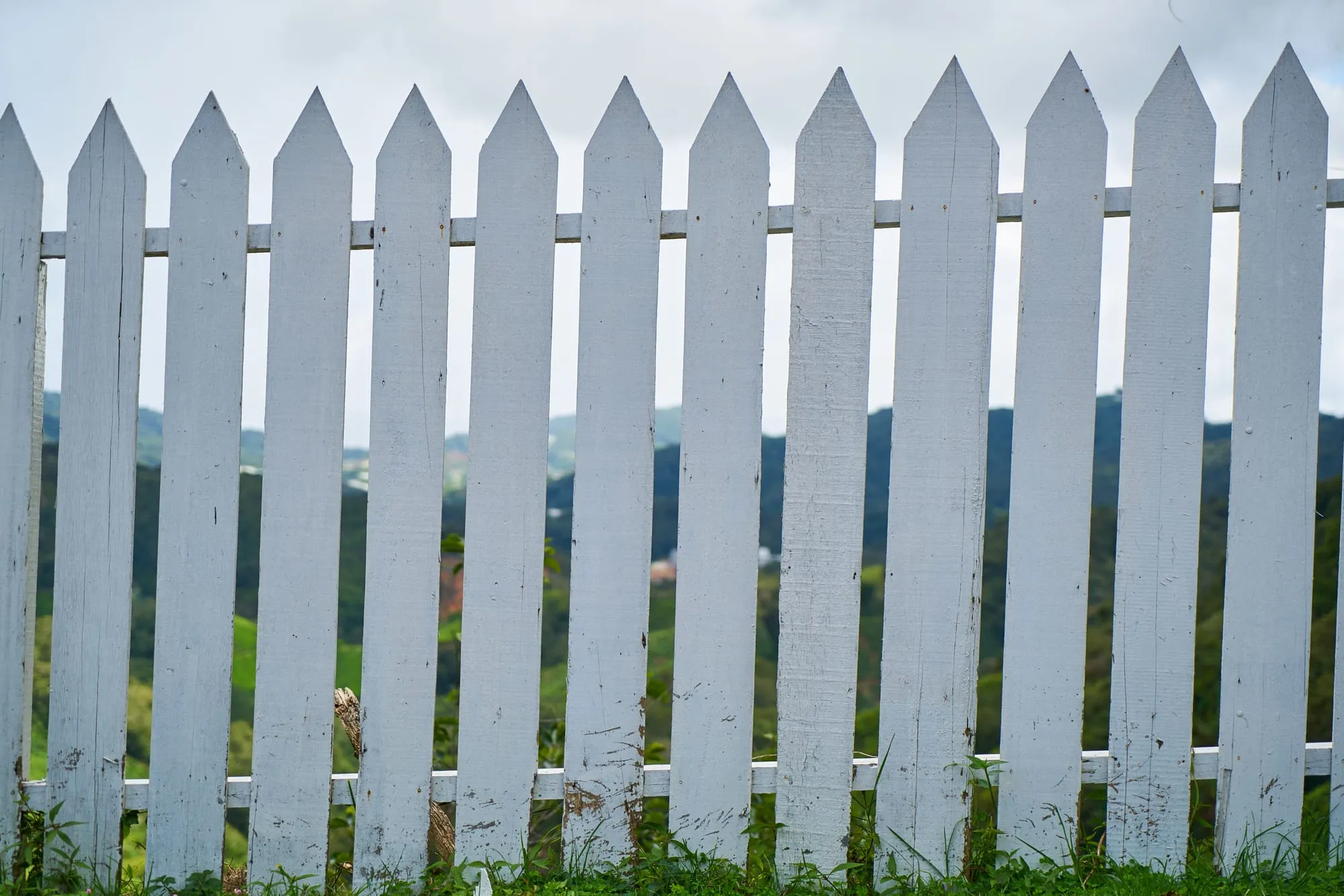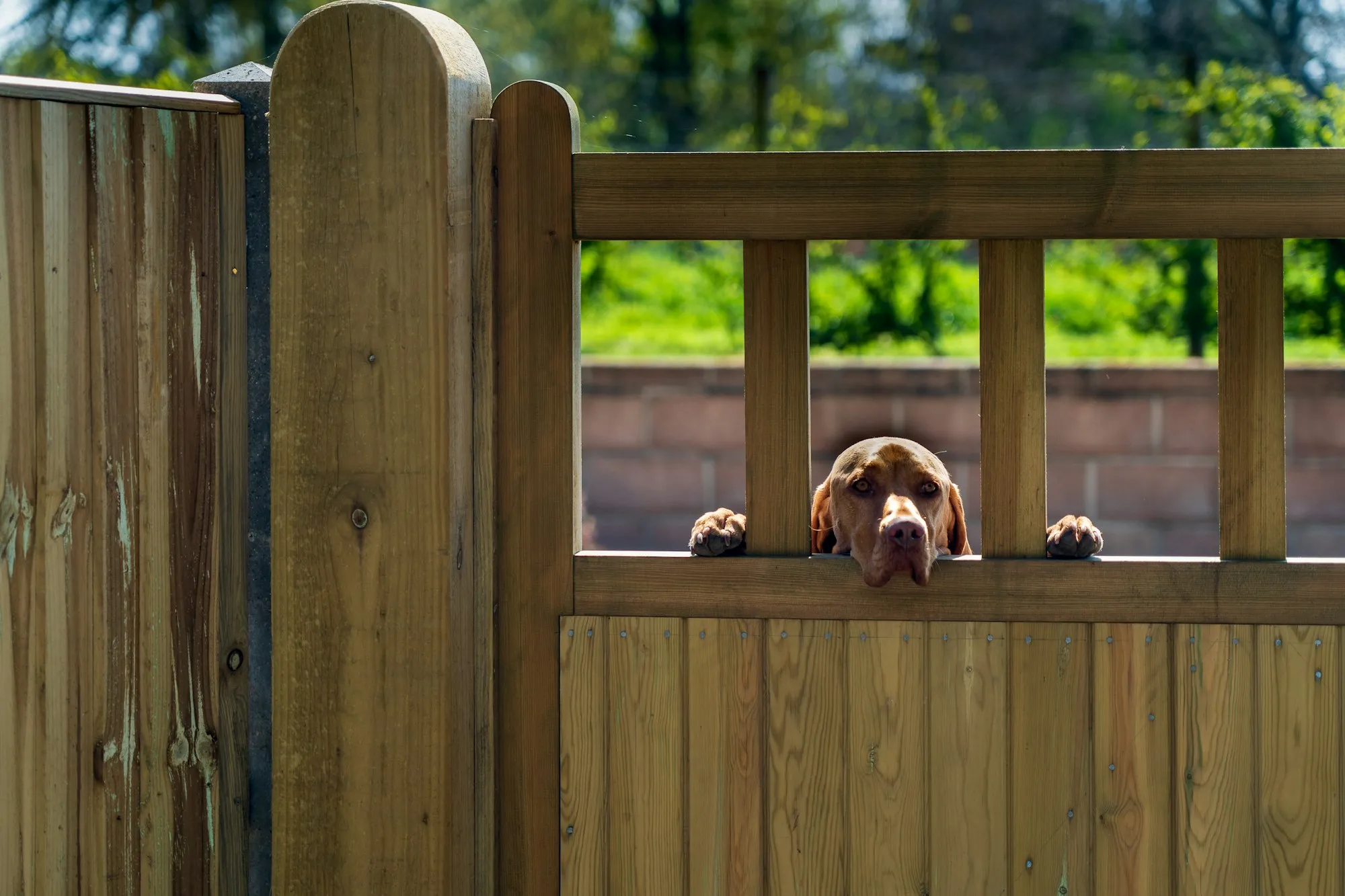Fencing, in its broadest sense, serves as both a boundary and a symbol. At its core, a fence is a structure that encloses an area, typically outdoors, and is usually constructed from posts connected by boards, wire, or netting. Beyond its practical purpose of marking property lines, ensuring privacy, or providing security, a fence also plays an aesthetic role, potentially enhancing the visual appeal of a landscape.
Understanding the cost of fencing is crucial for homeowners, property developers, and landscapers alike. It's not just about the immediate expenditure; it involves considering long-term maintenance, durability, and the impact on property value.
This guide aims to delve into the various facets of fencing costs. It will explore different types of fences, factors affecting costs, cost estimation, budgeting, and much more. Our goal is to equip you with the knowledge needed to make informed decisions about fencing, balancing both financial considerations and functional needs.

Types of Fencing
Wood Fencing:
Wood fencing is a classic choice, popular for its natural appearance and versatility. Typically made from cedar, pine, or redwood, wood fences can be customized in various styles, from picket fences to privacy panels. However, the cost can vary significantly depending on the type of wood and the style of the fence. Wood fences require regular maintenance, including staining or sealing to prevent weathering and decay.

Chain Link Fencing:
Known for its durability and affordability, chain link fencing is a practical choice for those needing basic boundary definition and security. It's made from galvanized or coated steel wire and is relatively low-maintenance. While not as aesthetically pleasing as other types, it can be enhanced with vinyl coatings or privacy slats.

Vinyl Fencing:
Vinyl fencing is a modern option that offers the look of wood without the maintenance. It's made from PVC plastic and is highly durable, resistant to weather, insects, and decay. Vinyl fencing comes in various styles and colors, but it tends to be more expensive upfront than wood or chain link fencing. Its long lifespan and minimal maintenance needs, however, can make it cost-effective over time.

Aluminum or Steel Fencing:
For those seeking a more elegant and durable solution, aluminum or steel fencing is an excellent choice. These materials resist rust and require little maintenance. Aluminum offers a lighter alternative to steel, ideal for decorative purposes, while steel provides more strength and security. Both options tend to be more expensive than wood or chain link but offer longevity and a more upscale look.
Comparison of Types in Terms of Cost, Durability, and Aesthetics:
When comparing these fencing types, cost is a major factor. Wood and chain link are generally more budget-friendly, but they require more upkeep. Vinyl, while higher in initial cost, offers savings in maintenance. Aluminum and steel, on the higher end of the cost spectrum, provide durability and aesthetic appeal. Each type of fencing carries its unique set of characteristics: wood offers a traditional look, chain link prioritizes functionality, vinyl provides ease of maintenance, and metal fences offer a blend of durability and elegance. The choice depends on individual needs, budget, and aesthetic preferences, making it important to weigh these factors carefully.
Factors Influencing Fencing Costs
Material Costs:
The choice of material is the most significant factor affecting the cost of fencing. As discussed earlier, options like wood and chain link are generally more affordable, whereas vinyl, aluminum, and steel are on the higher end of the price spectrum. The quality of materials also varies; for instance, premium woods like cedar or redwood will cost more than basic pine. Similarly, the thickness and grade of metal or the quality of vinyl can impact the overall price.
Size and Length of the Fence:
The total area to be enclosed plays a crucial role in determining cost. Larger areas require more materials and labor, increasing the overall expense. The per-foot pricing model commonly used in fencing can help estimate costs based on the length of the fence. Additionally, the height of the fence also influences the price; taller fences require more material and are more labor-intensive to install.
Labor Costs:
Labor constitutes a significant portion of fencing costs. The complexity of the installation, the terrain of the land (including slopes and obstacles), and the type of fence being installed all affect labor costs. Professional installation is typically recommended for most types, particularly for more complex installations like vinyl or metal fencing, which can add to the total cost.

Geographic Location:
The cost of fencing can vary greatly depending on your geographic location. Factors such as local labor rates, availability of materials, and even the cost of living in the area can influence the overall expense. In some regions, certain materials may be more expensive due to transportation costs or less availability.
Additional Features:
Customizations and additional features such as gates, decorative elements, or enhanced security features can significantly increase the cost. Gates, for instance, can be simple or elaborate, impacting the price. Decorative patterns, finishes, and additional security features like barbed wire or privacy slats also add to the cost.
When estimating the cost of fencing, it's important to consider a range of factors from the materials chosen to the specific requirements of the project. Each factor, from material costs to additional features, contributes to the final price, making it essential to evaluate all aspects to arrive at an accurate estimate.
Cost Estimation
The cost of fencing can vary widely depending on the material and style. On average, wood fencing may range from $13 to $27 per linear foot, with costs varying based on the type of wood and the fence design. Chain link fences are typically more affordable, costing about $10 to $20 per linear foot. Vinyl fencing, known for its low maintenance, can range from $15 to $30 per linear foot. For more durable and aesthetically pleasing options like aluminum or steel, the costs can go from $20 to $40 per linear foot. These are ballpark figures and can vary based on factors like quality, height, and customization.
How to Calculate Estimated Costs:
To estimate the cost of a fence, first measure the total length of the area to be fenced. Multiply this length by the cost per linear foot of the chosen fencing material. It's important to add an allowance for any corners or additional features, as these can increase the amount of material needed. Also, consider the height of the fence, as taller fences will be more expensive. For an accurate estimate, it's advisable to add a contingency of about 10-15% to cover unexpected expenses.
Potential Additional Expenses:
When budgeting for a fence, don't overlook additional costs that can arise. Permits are often required, and their cost varies by location. Land surveying might be necessary to establish property lines, adding to the expense. If the land needs to be cleared or leveled before installation, this will also increase costs. Additionally, if access to the site is challenging, this can add to labor costs. It’s crucial to factor in these potential expenses to avoid surprises and ensure an accurate budget for the fencing project.
Cost estimation for fencing requires careful consideration of various elements. Understanding the average costs, knowing how to calculate estimated expenses, and being aware of potential additional costs can provide a clearer financial picture for anyone planning to install a fence.
DIY vs. Professional Installation
A. Pros and Cons of DIY Installation:
Pros:
- Cost Savings: One of the most significant advantages of DIY fencing is the potential to save on labor costs, which can be a substantial part of the overall expense.
- Customization: DIY allows for personal customization and control over every aspect of the project, from material selection to design details.
- Personal Satisfaction: Completing a fence installation can provide a sense of accomplishment and personal satisfaction.
Cons:
- Time and Effort: DIY projects require a significant time commitment and physical effort, which might not be feasible for everyone.
- Skill Level: Installing a fence requires a certain level of skill and knowledge. Incorrect installation can lead to additional costs and repairs.
- Tools and Equipment: Some fencing types require specialized tools and equipment, which might need to be purchased or rented.

B. Pros and Cons of Professional Installation:
Pros:
- Expertise and Experience: Professionals bring expertise and experience, ensuring the fence is installed correctly and efficiently.
- Time-Saving: Hiring a professional saves personal time and effort, as the installation process is handled entirely by the contractor.
- Guarantees and Warranties: Professional installations often come with guarantees or warranties, providing peace of mind.
Cons:
- Higher Cost: The major downside of professional installation is the cost, as labor charges significantly increase the overall expense.
- Less Control: You may have less control over the timing and some aspects of the project when relying on a professional.
C. Cost Comparison:
The cost difference between DIY and professional installation can be considerable. DIY projects primarily incur material costs, while professional installations add labor charges that can double or even triple the overall price. However, it's important to weigh these costs against the potential for errors, additional repairs, and the value of time and effort in DIY projects. Professional installation may have a higher upfront cost, but it can offer assurance of quality and save time and potential future expenses.
Innovative Pet Management: The Fi Dog Collar as a Modern Alternative to Traditional Fencing
The Fi Dog Collar offers an innovative solution for dog owners, representing a modern alternative to traditional physical fencing. This advanced collar integrates cutting-edge technology to ensure the safety and well-being of your pet while potentially reducing the need for expensive physical fencing.

Key Features and Benefits of the Fi Dog Collar:
- Geo-Fencing Capabilities: The Fi Dog Collar is equipped with sophisticated geo-fencing technology. This feature allows owners to set up virtual boundaries or safe zones. If the dog moves beyond these predefined areas, the owner receives immediate alerts on their smartphone. This real-time tracking can be particularly useful in preventing pets from wandering off and getting lost.
- Cost-Effective: Investing in the Fi Dog Collar can be significantly more affordable than installing physical fencing, especially over larger properties. While the initial cost of a physical fence can run into thousands of dollars, the Fi Collar offers a cost-effective alternative with a much lower upfront investment.
- Durability and Battery Life: The collar is designed to be rugged and durable, suitable for all types of outdoor activities. It boasts a long battery life, reducing the frequency of recharges and ensuring that your pet is monitored consistently.
- Activity Monitoring: Beyond geo-fencing, the Fi Dog Collar also serves as an activity tracker. It monitors your dog’s daily activity levels, providing insights into their health and fitness – an added benefit not offered by traditional fencing.
- Ease of Use: The collar is user-friendly, with an accompanying app that is intuitive and easy to navigate. Setting up the geo-fencing and monitoring your dog’s location and activity can be done with a few simple taps on your smartphone.
- Flexibility and Peace of Mind: For dog owners who travel or frequently change their environment, the Fi Dog Collar is an ideal solution. Unlike physical fencing, it offers flexibility and convenience, ensuring your dog’s safety across various locations. It provides peace of mind, knowing that you can keep an eye on your dog no matter where you are.
Fi Dog Collar represents a leap forward in pet care technology, offering a versatile, cost-effective, and reliable alternative to traditional fencing. Its advanced features not only ensure the safety of your pet but also add a layer of convenience and reassurance for the owner, making it an excellent choice for modern dog care.
Conclusion
In summarizing, this guide has traversed the landscape of fencing costs, examining various materials, factors affecting prices, and alternatives like the Fi Dog Collar. We’ve seen how choices in materials, from wood to vinyl, impact both initial and long-term costs, and how additional factors like size, labor, and location play crucial roles. Whether opting for DIY or professional installation, it’s clear that informed decisions can lead to significant savings and satisfaction.
As you move forward, consider all these aspects carefully. We encourage you to continue researching and consult with professionals to ensure that your investment in fencing or alternative solutions like the Fi Dog Collar meets both your budgetary and practical needs.
FAQs
- What is the average cost per linear foot for different types of fencing?
- The cost per linear foot varies: Wood fencing ranges from $13 to $27, chain link from $10 to $20, vinyl from $15 to $30, and aluminum or steel from $20 to $40. These are approximate costs and can vary based on quality and location.
- How much more expensive is professional installation compared to DIY?
- Professional installation can double or triple the total cost of fencing due to labor expenses. DIY primarily involves material costs, offering potential savings.
- Are there any hidden costs in fence installation I should be aware of?
- Yes, additional costs may include permits, land surveying, land clearing or leveling, and difficult site access. These can significantly impact the overall budget.
- How does the length and height of the fence affect the cost?
- Longer and taller fences require more materials and labor, increasing the overall cost. Prices are often calculated per linear foot, so total length significantly influences the price.
- What are the maintenance costs associated with different types of fencing?
- Wood fences require regular maintenance like staining or sealing, while vinyl and metal fences have minimal maintenance costs but higher initial expenses.
- Can the Fi Dog Collar be a cost-effective alternative to traditional fencing?
- Yes, the Fi Dog Collar can be a more cost-effective solution, especially for large properties. It offers geo-fencing capabilities and activity tracking with a lower upfront investment compared to physical fencing.
- What should I consider when choosing between different fencing materials?
- Consider factors like budget, maintenance requirements, aesthetic preferences, property size, and the specific purpose of the fence (privacy, security, decoration). Research and professional consultation can help in making an informed choice.




